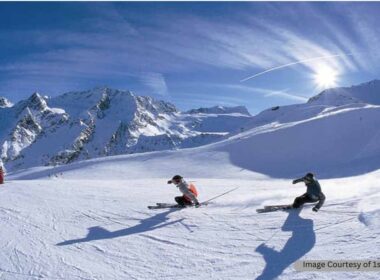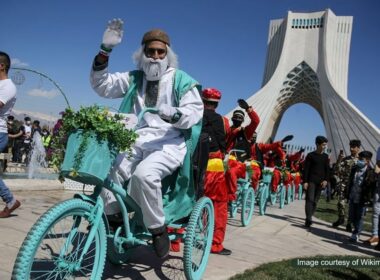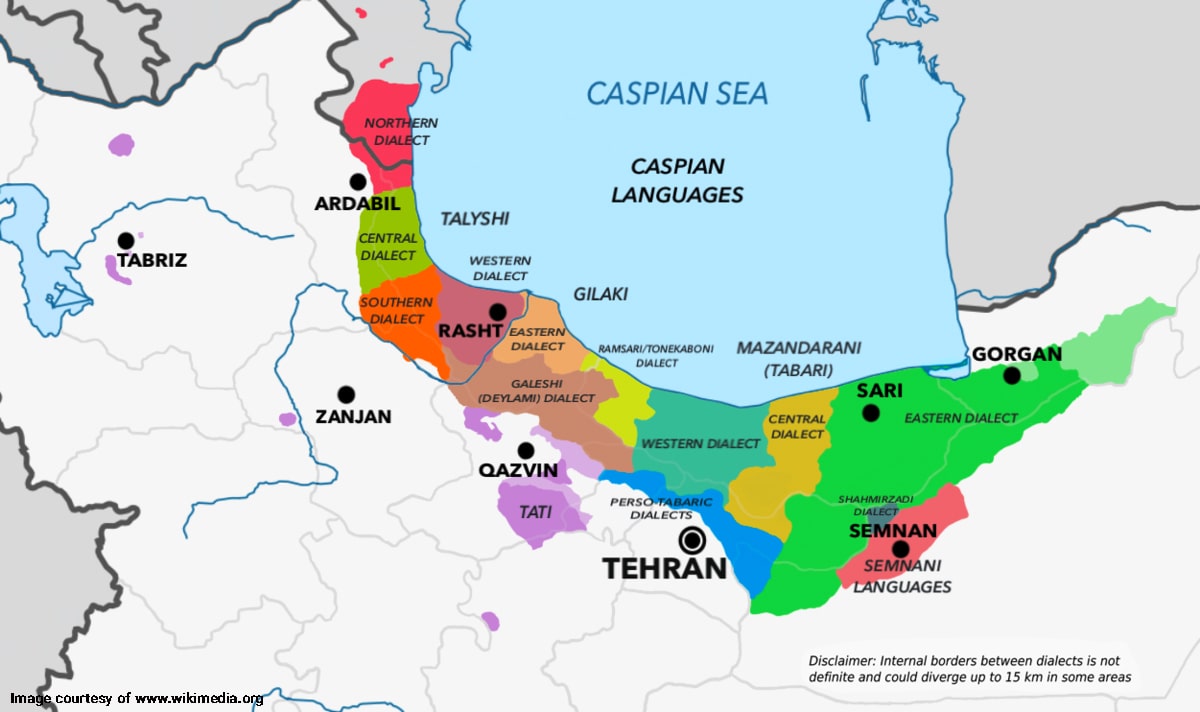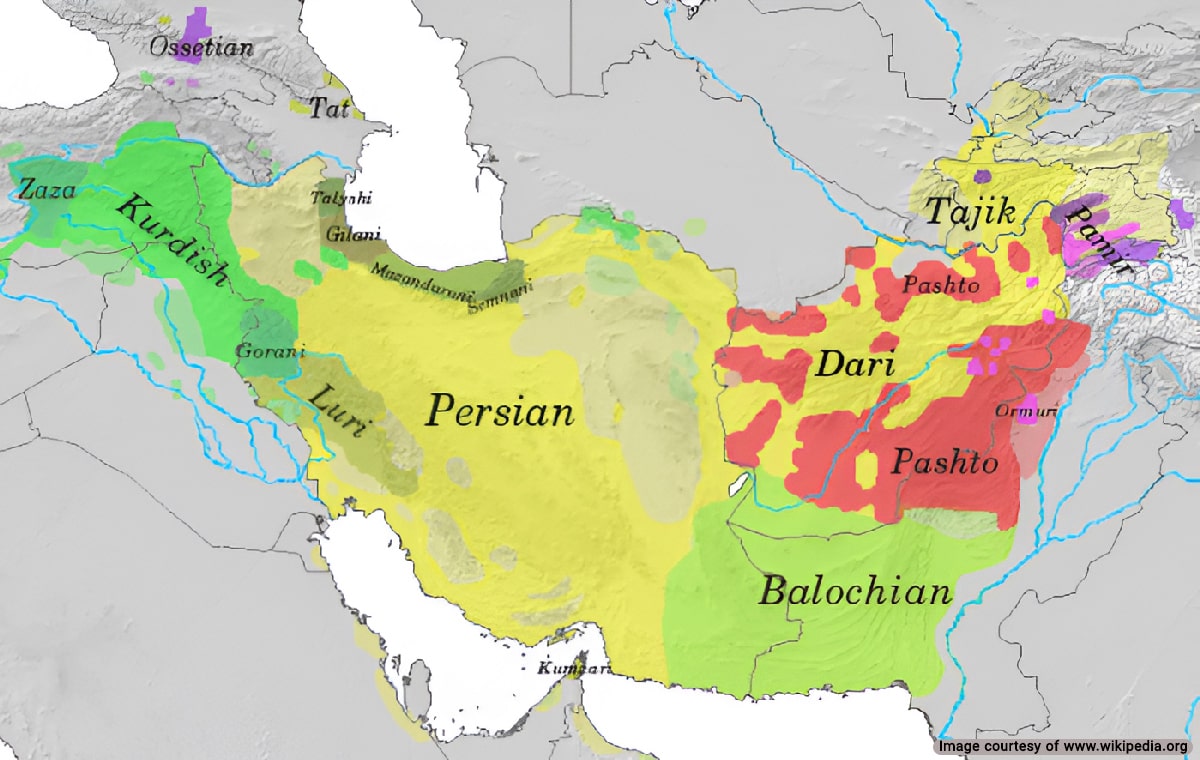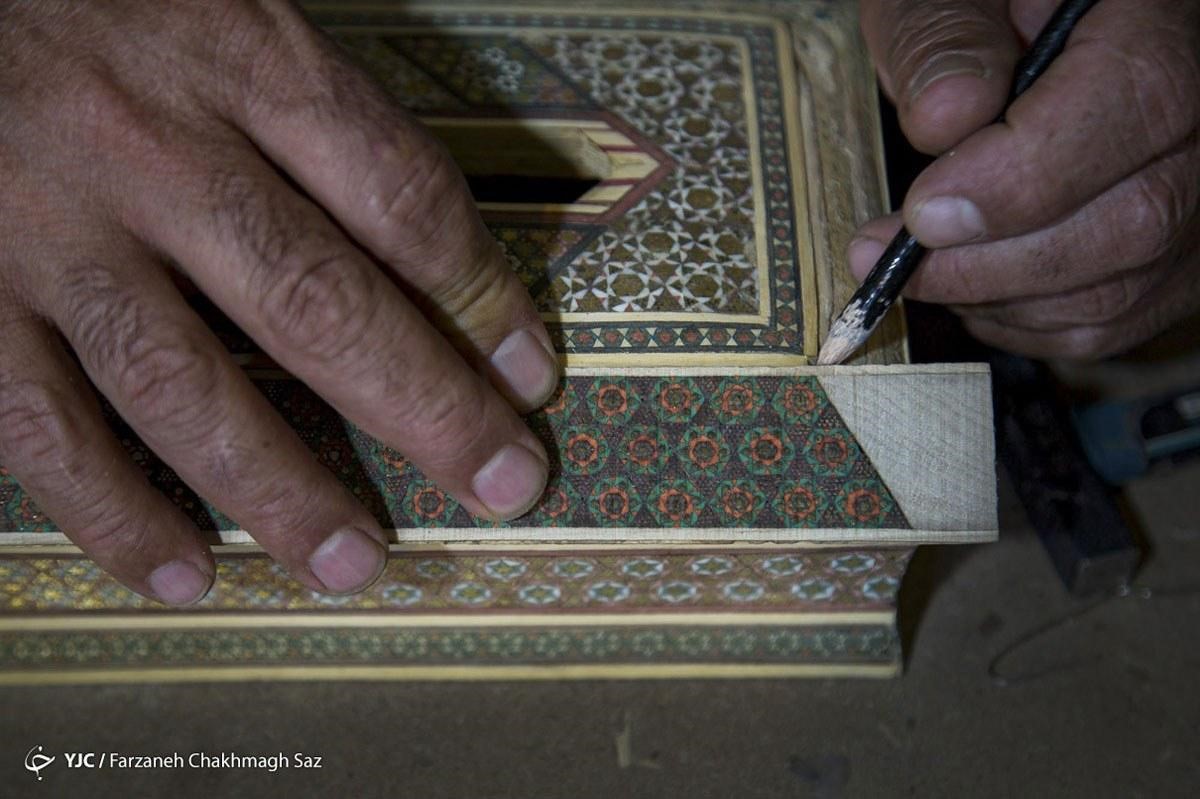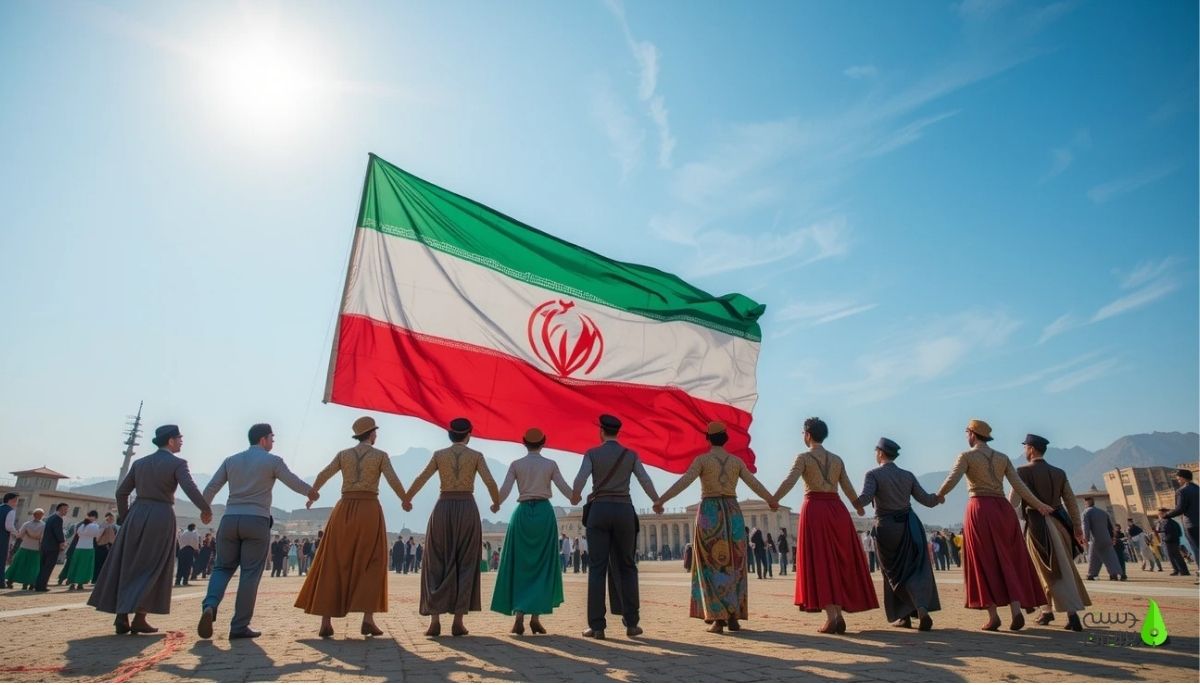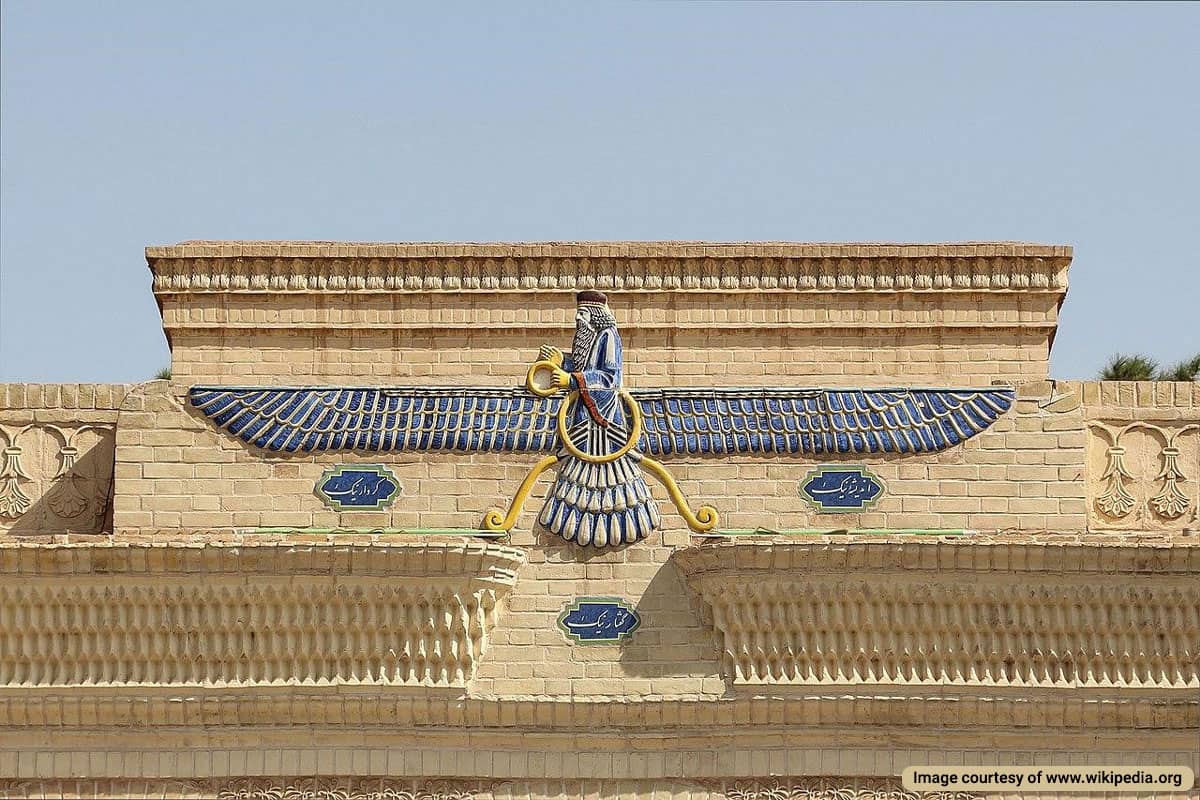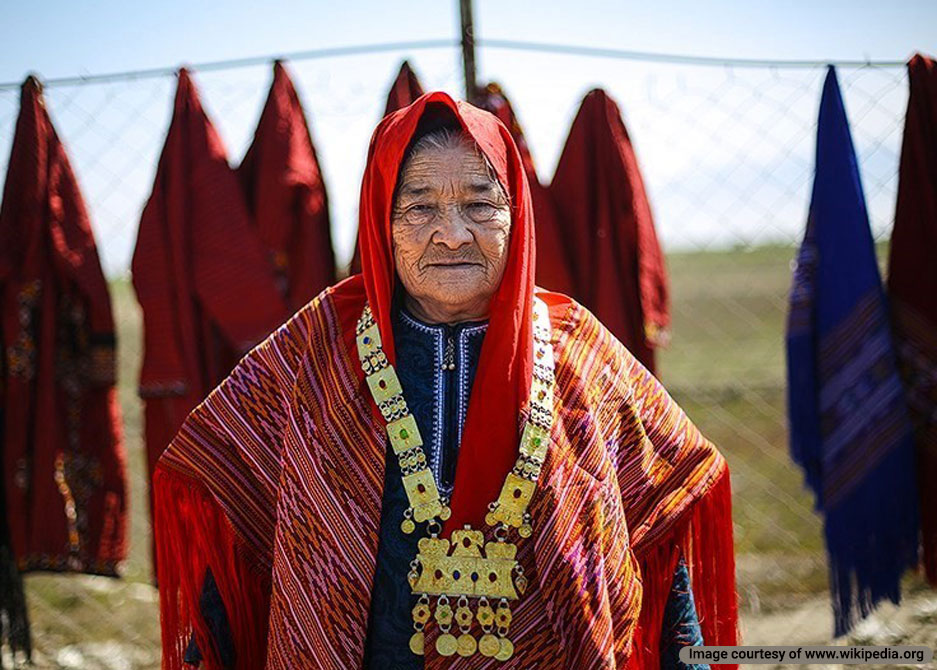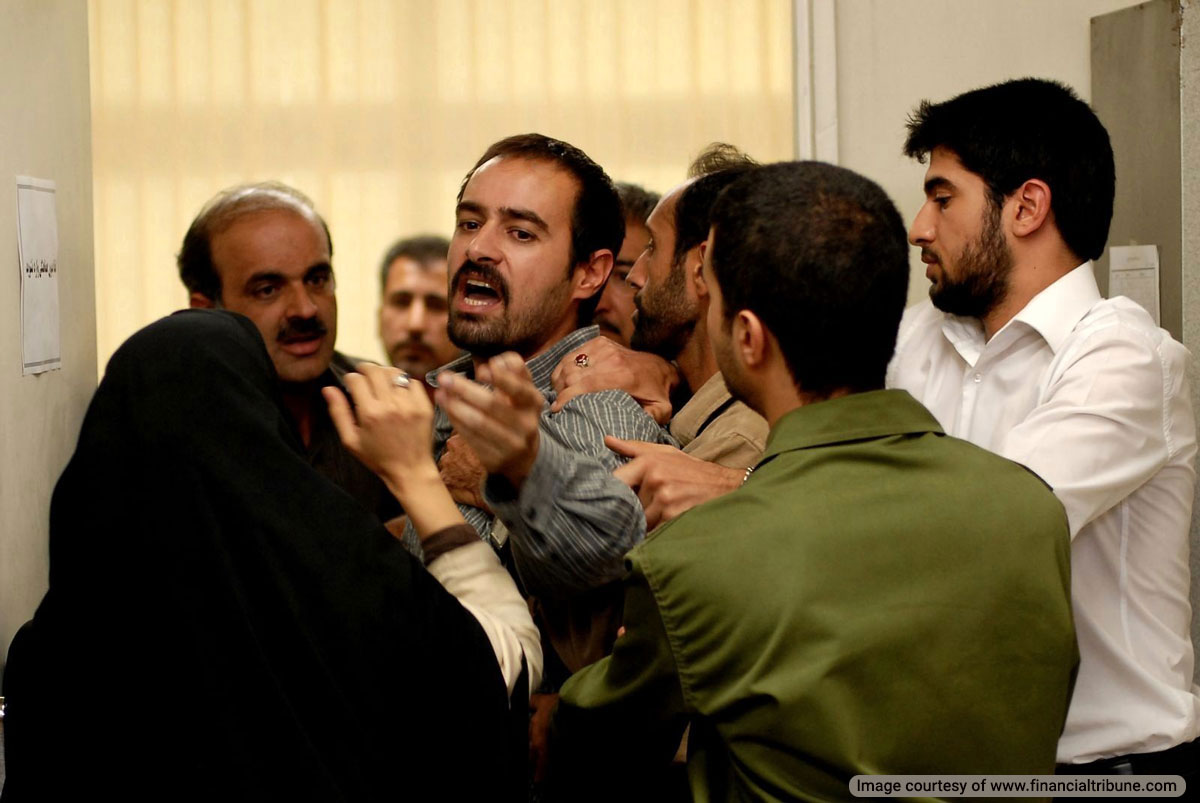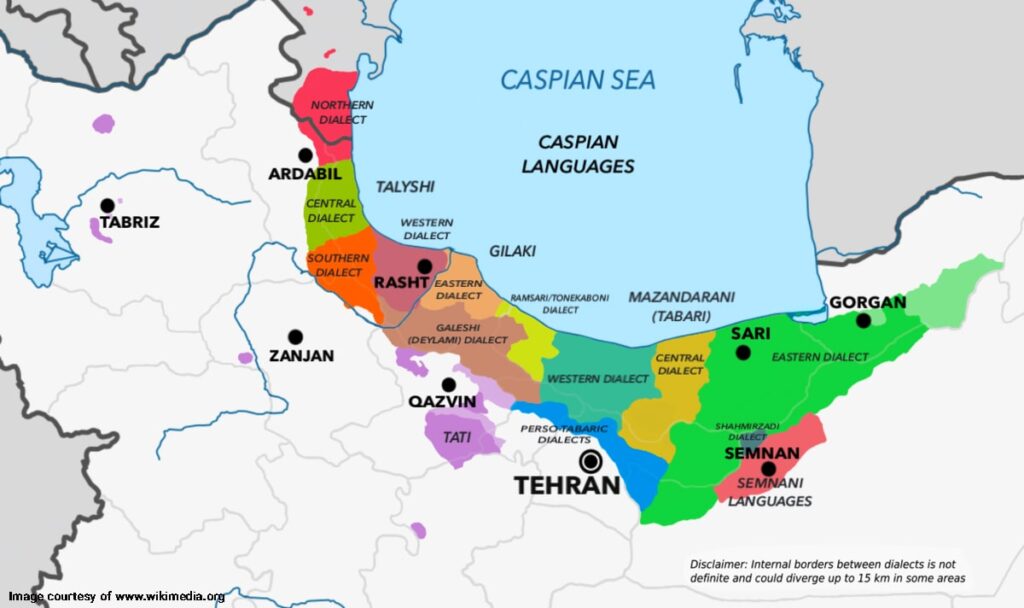
Caspian languages are a branch of Northwestern Iranian languages native to the Caspian Sea region in northern Iran. Sharing linguistic features with Kartvelian (South Caucasian) languages, Caspian languages are not mere dialects of the Persian language.
This branch of Iranian languages extends beyond the Caspian shores and is spoken in areas beyond the northeast and northwest of the Caspian Sea. While this classification includes modern Iranian languages, extinct Caspian areal languages date back to the Middle Iranian Period.
Caspian languages are descendants of the Middle Persian, Median, Parthian, and Old Azari languages. They share features with non-Iranian languages from the South Caucasus region.
Extinct Caspian Languages
Daylami
Daylam was an area in the mountains in the Southwest of the Caspian Sea and the homeland of the Buyid Dynasty. The exact origin of the extinct Daylami language is unknown, but the earliest records date back to the 9th century CE. According to Parviz Natel Khanlari, an Iranian linguist, this language went extinct in the 1300s CE.
Daylami language texts are available in the Persian writing system, but there may have been other writing forms for this language that remain unknown. The Arabs found the Daylamite language obscure, which may have been one of the reasons the Buyid dynasty used it.
Gorgani
Gorgan is a city in Golestan province, where the Horufi Sufist movement flourished in the 14th century. Horufism believed in the power of Horuf (letters), and their texts attest to the Gorgani (Jorjani) language. The Gorgani language became extinct with the decline of the movement in the 15th century.
Modern Caspian Languages
In the modern period, Caspian languages have many regional dialects and accents. The major languages in the Caspian language classification include:
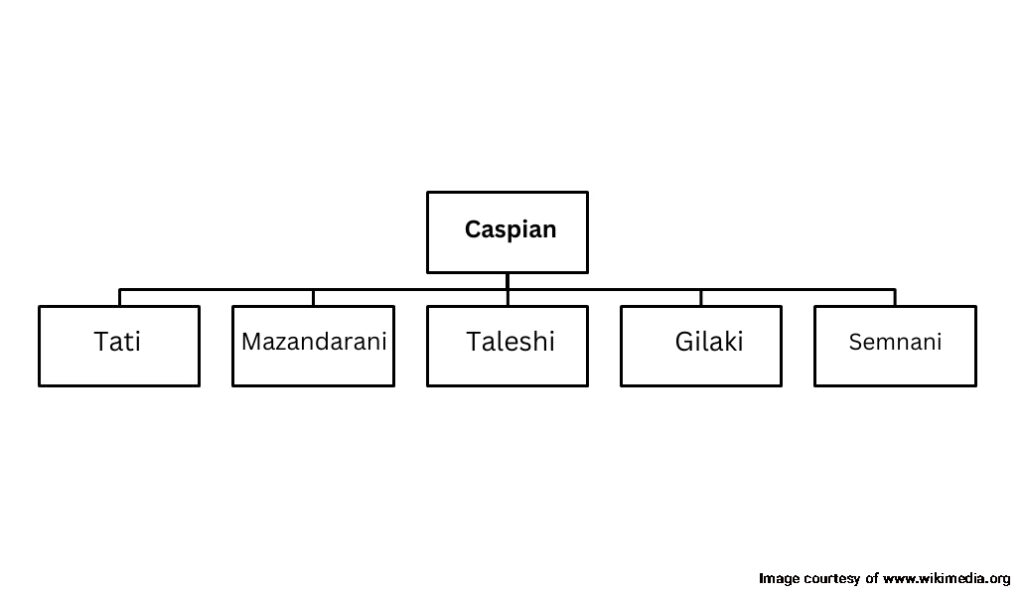
Gilaki
Gilaki is a northwestern Iranian language named after the Gilak ethnic group residing in Gilan Province. This language has 1.5 million speakers in Gilan, Mazandaran, Qazvin, and Alborz provinces. The main dialects are Eastern, Western, and Central Gilaki. It is very similar to Mazandarani in terms of vocabulary, and shares similar typological features with Kartvelian languages in the South Caucasus region.
There is a significant difference between the Eastern and Western dialects, which are divided by the Sefid River in the northeast of the Alborz mountain range. There are several sub-dialects including Rashti, Rudbari, Lahijani, Langerudi, Some Sarai, Bandar Anzali, Fumani, Rudesari, Taleghani, and Alamouti.
Gilaki dialects in the Mazandaran province are spoken in Ramsar and Tonekabon, which are highly similar to Mazandarani, but still considered Gilaki.
Mazandarani
Mazandarani (Mazani, Mazaruni) also known as Tabari (belonging to the Tabarestan region), is a Caspian language primarily spoken by the people of Mazandaran province. It has 1.4 million native speakers, but it is in decline as the Iranian Persian language becomes more popular in Iran.
Mazandarani is spoken in Sari, Babol, Amol, Chalus, Tonekabon, and other areas in the Mazandaran province.
As mentioned, along with Gilaki, Mazandarani shares some features with the Kartvelian languages, a non-Indo-European language family near the Caspian Sea region. Mazandarani can be traced back to the 10th century, thanks to its long written history. One of the most important Tabari texts, Marzban Nameh, was written in the early 1200s in the form of prose.
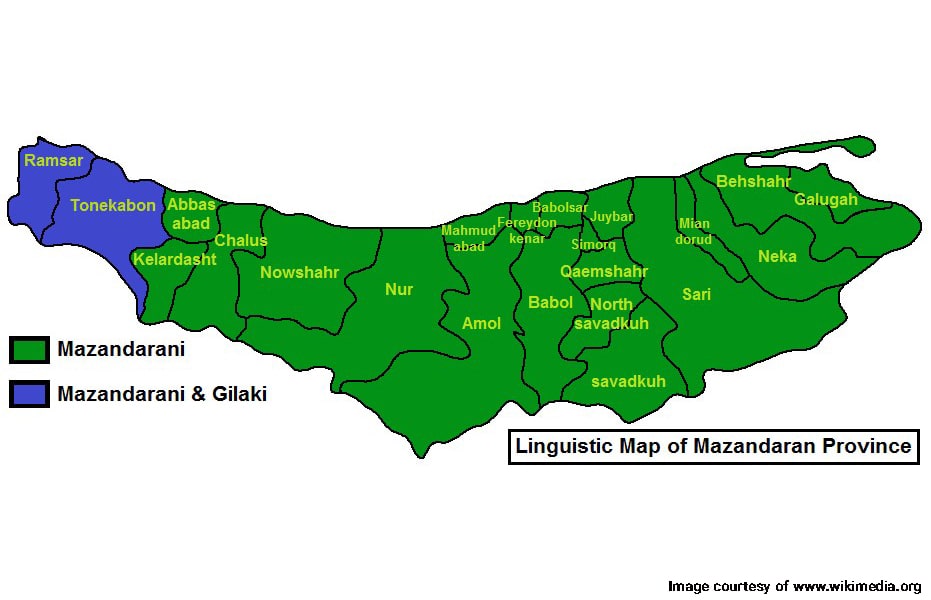
Talysh
Talysh is a region in the north of Gilan and Ardabil provinces, and south of the Republic of Azerbaijan. Talyshi or the Talysh language is spoken in these areas by around nearly half a million people or more. The main dialects of Talyshi are Northern, Southern, and Central. Northern Talyshi is spoken by some people in the south of the Azerbaijan Republic as well but the two other variations are primarily spoken in Iran.
Talyshi has ties to the Tat language, as both are descendants of the Old Azeri language. Talysh documents are scarce, making it difficult to pinpoint the exact origins of the language. However, there are mentions of this language in 18th-century texts about the region.
Semnani Languages
Semnani (Komisenian) is a Caspian language group from the northwestern Iranian languages mostly confined to Semnan province. It is not a Persian dialect but a distinct language that resembles the Median and Parthian languages to some extent. It has less than 70,000 native speakers at the moment and is in decline.
There are several Semnani sub-languages or dialects, which we will briefly explain below:
Sangsari is a language primarily spoken by nearly 48,000 people in the Sangsar (Mahdishahr) area in Semnan province, but there are Sangsari speakers near Tehran as well.
Sorkhei is spoken in the Sorkheh region in Semnan and has 12,000 native speakers. There are two major dialects in this language: Sorkhei and Aftari.
Lasgerdi is a Semnani dialect spoken by nearly 1,000 people in the Lasgerd region of Semnan.
Tati
There are two Tat languages in Iran in the northwestern and southwestern language groups. The Caspian Tati is a northwestern Iranian language closely related to other Caspian languages and Zaza. There are nearly 410,000 Tati speakers in Iran, most of whom speak the Takestani dialect, with around 36,000 speaking the Harzandi dialect.
The Harzandi dialect of the Tati language is a descendant of Old Azari, which was prevalent in Turkic-speaking regions before the spread of Turkic languages. Other Tati dialects include Khalkhali, which is spoken in Kalkhal city, Ardabil province, specifically in Shahrood and Khvoresh Rostam District.
Learn More About Caspian Languages in Iran
Caspian languages are a major part of Iranian ethnolinguistic heritage but are mostly in decline due to their limited use in academic contexts and the dominant use of Iranian Persian among new generations. By learning about Caspian languages, you can gain a better understanding of northern Iranian cultures and traditions. If you are traveling to Northern Iran, you have a chance to hear native Caspian language speakers in various cities and villages in Mazandaran, Gilan, Golestan, and Ardabil provinces.
Frequently Asked Questions about Caspian Languages
If you have any other questions about Caspian languages or related topics, please let us know in the comments. We will respond as soon as possible.
Where are Caspian languages spoken in Iran?
Caspian languages are a group of northwestern Iranian languages that are still spoken by nearly 1.5 million speakers along the shores of the Caspian Sea. You can find Caspian language speakers in Iranian provinces such as Gilan, Mazandaran, Golestan, and Ardabil and in the southern regions of the Republic of Azerbaijan.
What are the most popular Caspian languages?
Caspian languages include Mazandarani (Tabari), Gilaki, Semnani, Talysh, and Tat languages which include several dialects and sub-dialects. These dialects have developed over time and are specific to certain cities and regions.
Are Caspian languages extinct today?
There are some extinct Caspian languages including Daylami and Gorgani, but others like Mazandarani and Gilaki are still spoken by northern Iranians. However, these languages are in decline as they are less used by the newer generations and are not included in their education.


